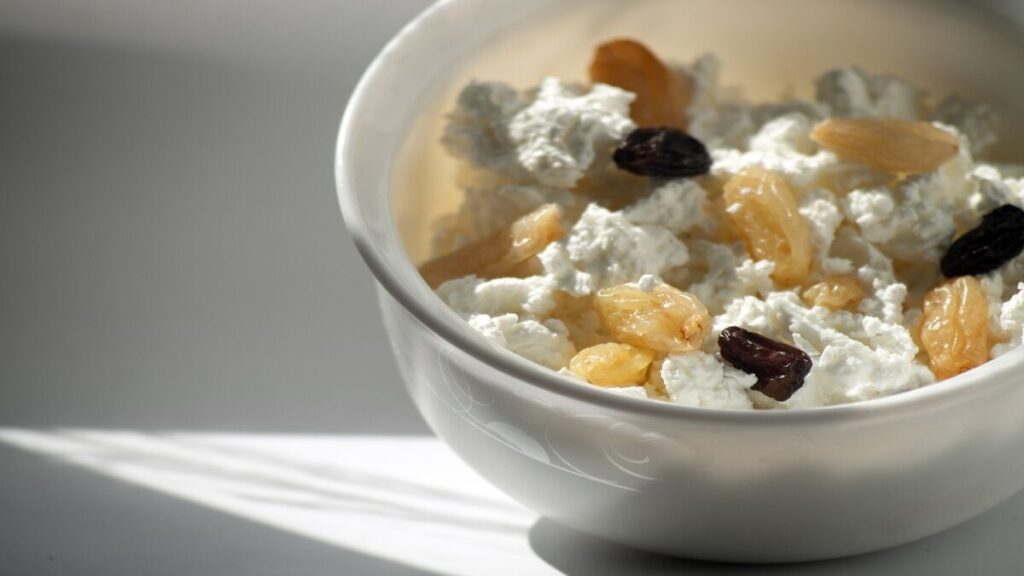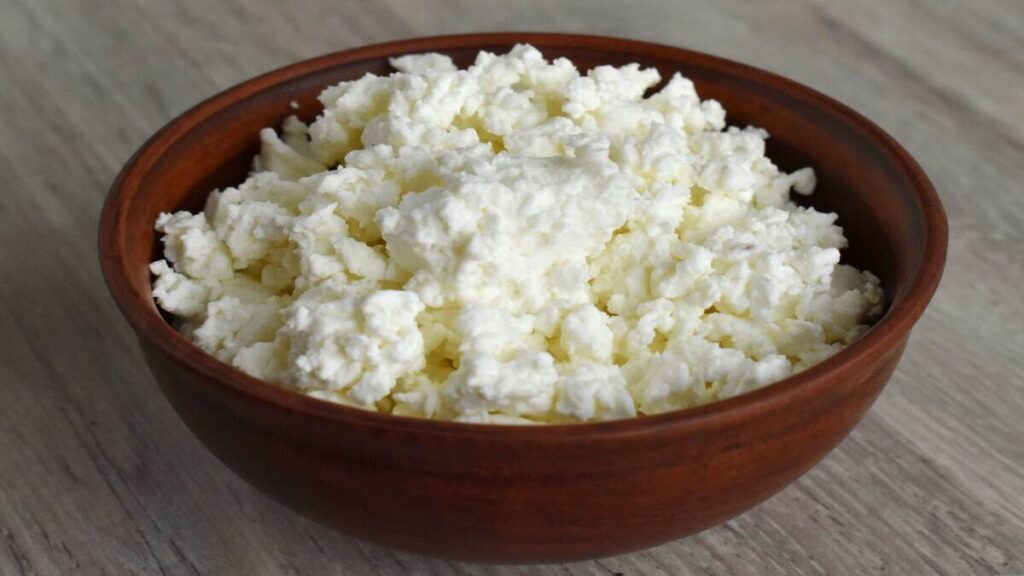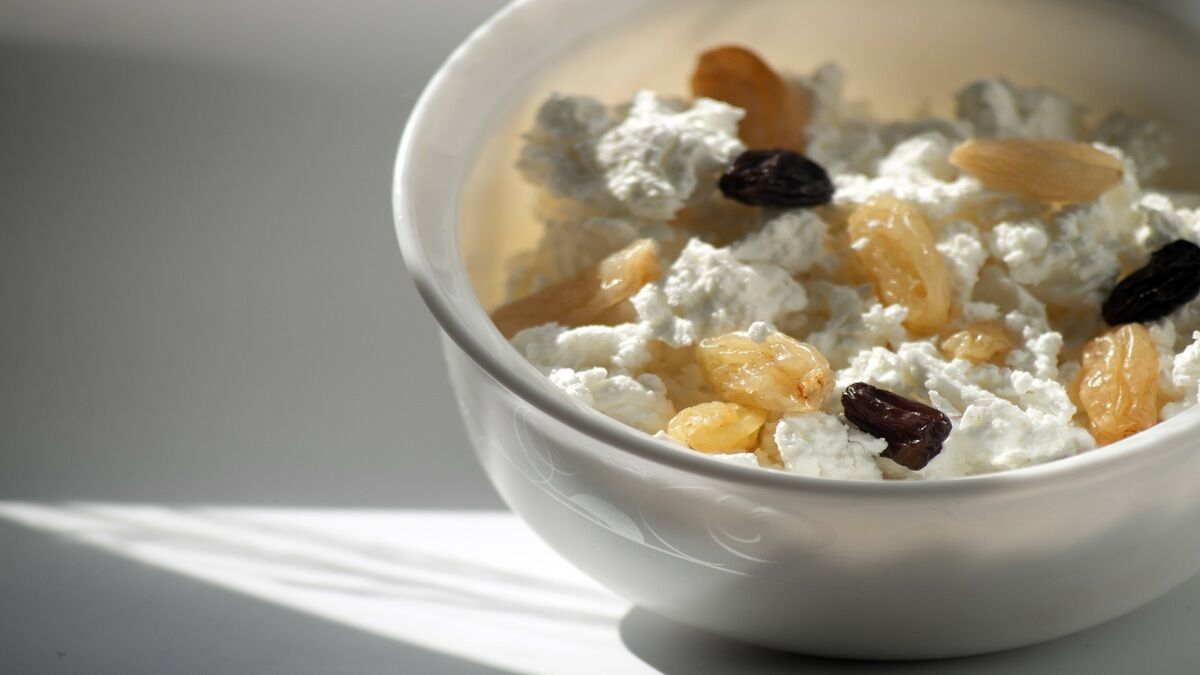Cottage Cheese Recipe is a staple in many kitchens worldwide, loved for its mild flavor, creamy texture, and exceptional nutritional benefits. Whether you’re incorporating it into savory dishes, sweet treats, or enjoying it as a snack, cottage cheese is incredibly versatile. This blog will explore everything you need to know about cottage cheese, including its origins, preparation, benefits, and best ways to serve it.
What Is Cottage Cheese Recipe?
Cottage Cheese Recipe is a fresh cheese made by curdling milk with an acid like lemon juice or vinegar. Once curdled, the solid curds are separated from the whey and sometimes seasoned with cream or salt to enhance flavor. Its texture ranges from creamy and smooth to chunky, depending on the curd size. Known for its versatility, cottage cheese is enjoyed as a snack, a cooking ingredient, or even as part of a healthy dessert.
The Origin of Cottage Cheese Recipe
Cottage Cheese Recipe dates back centuries and is believed to have originated in Europe. The name “cottage cheese” comes from its humble beginnings in rural cottages, where it was made using leftover milk. Its simple preparation process made it a common food among farmers and households, eventually gaining global popularity due to its mild flavor and versatility.
Ingredients for Homemade Cottage Cheese Recipe
| Ingredient | Quantity |
| Whole milk (or 2% milk) | 1 gallon |
| White vinegar or lemon juice | ½ cup |
| Salt (optional) | 1 tsp |
| Heavy cream (optional) | ¼ cup |

Equipment Needed
- Large pot
- Wooden spoon
- Thermometer (optional)
- Cheesecloth or fine mesh strainer
- Mixing bowl
- Measuring cups and spoons
Step-by-Step Preparation
1. Heating the Milk
- Pour the milk into a large pot and heat it over medium heat.
- Stir occasionally to prevent scorching, and bring the milk to a temperature of around 190°F (88°C). If you don’t have a thermometer, heat it until it starts to steam and form small bubbles along the edges—do not let it boil.
2. Adding Acid to Curdle
- Once the milk is heated, turn off the heat and slowly stir in the vinegar or lemon juice.
- You will notice the milk separating into curds (solid) and whey (liquid). Let it sit undisturbed for about 10 minutes to allow full separation.
3. Draining and Seasoning
- Line a strainer or colander with cheesecloth and place it over a mixing bowl to catch the whey.
- Pour the curdled milk into the cheesecloth and let it drain for 5-10 minutes, depending on your desired texture.
- Once drained, transfer the curds to a clean bowl. Mix in salt and cream (if desired) for extra flavor and creaminess.
Health Benefits of Cottage Cheese Recipe
- High in Protein: Cottage cheese is a fantastic source of protein, supporting muscle growth and repair.
- Low in Calories: It’s a low-calorie option, making it ideal for weight management.
- Rich in Nutrients: It contains calcium, phosphorus, and B vitamins, which promote bone health and energy production.
- Supports Gut Health: Cottage cheese with active cultures contains probiotics that benefit digestion.
- Versatile for Diets: It’s suitable for low-carb, keto, and vegetarian diets.
Unique Ways to Use Cottage Cheese Recipe
- In Smoothies: Blend it into fruit smoothies for a creamy texture and protein boost.
- As a Pasta Sauce: Combine it with herbs and garlic for a lighter, creamy pasta sauce.
- In Baking: Use cottage cheese as a substitute for cream cheese in cheesecakes or as a filling for pastries.
- On Toast: Spread it on whole-grain toast and top with avocado, honey, or tomatoes for a quick snack.
- In Pancakes: Mix it into pancake batter for fluffy, protein-packed pancakes.
Best Ways to Serve Cottage Cheese Recipe
- Sweet Topping: Pair it with fresh fruit, honey, or cinnamon for a refreshing snack.
- Savory Side: Serve it with roasted vegetables or mix it into scrambled eggs.
- In Salads: Add it to leafy greens, cucumbers, and cherry tomatoes for a protein-rich salad.
- As a Dip: Combine it with herbs and spices for a healthy veggie dip.
- With Grains: Serve it with quinoa or brown rice for a balanced meal.
Calories and Nutritional Information
| Nutrient | Amount Per Serving (½ Cup) |
| Calories | ~100 |
| Protein | ~12g |
| Fat | ~4g |
| Carbohydrates | ~3g |
| Fiber | ~0g |
| Calcium | ~10% of daily value |
Prep Time and Cook Time
| Task | Time Required |
| Prep Time | 5 minutes |
| Cook Time | 30 minutes |
| Total Time | ~35 minutes |

Conclusion
Cottage Cheese Recipe is a versatile, nutritious, and delicious dairy product that can be enjoyed in countless ways. Whether you’re making it from scratch or buying it ready-made, this creamy cheese is perfect for sweet and savory recipes alike. Packed with protein and essential nutrients, cottage cheese is a fantastic addition to any diet. From its humble origins to its modern versatility, this simple ingredient truly stands the test of time.
FAQs
1. Can I use low-fat or skim milk to make cottage cheese?
Yes, but using whole milk will result in creamier curds and a richer flavor.
2. How long can homemade cottage cheese be stored?
Store homemade cottage cheese in an airtight container in the refrigerator for up to 5 days.
3. Can I make cottage cheese without a thermometer?
Yes! Heat the milk until it starts steaming and small bubbles form along the edges, but avoid boiling.
4. What can I do with the leftover whey?
You can use whey in smoothies, soups, or even bread recipes as a liquid substitute.
5. Is cottage cheese good for weight loss?
Absolutely! Its high protein and low-calorie content make it an excellent choice for weight management.
